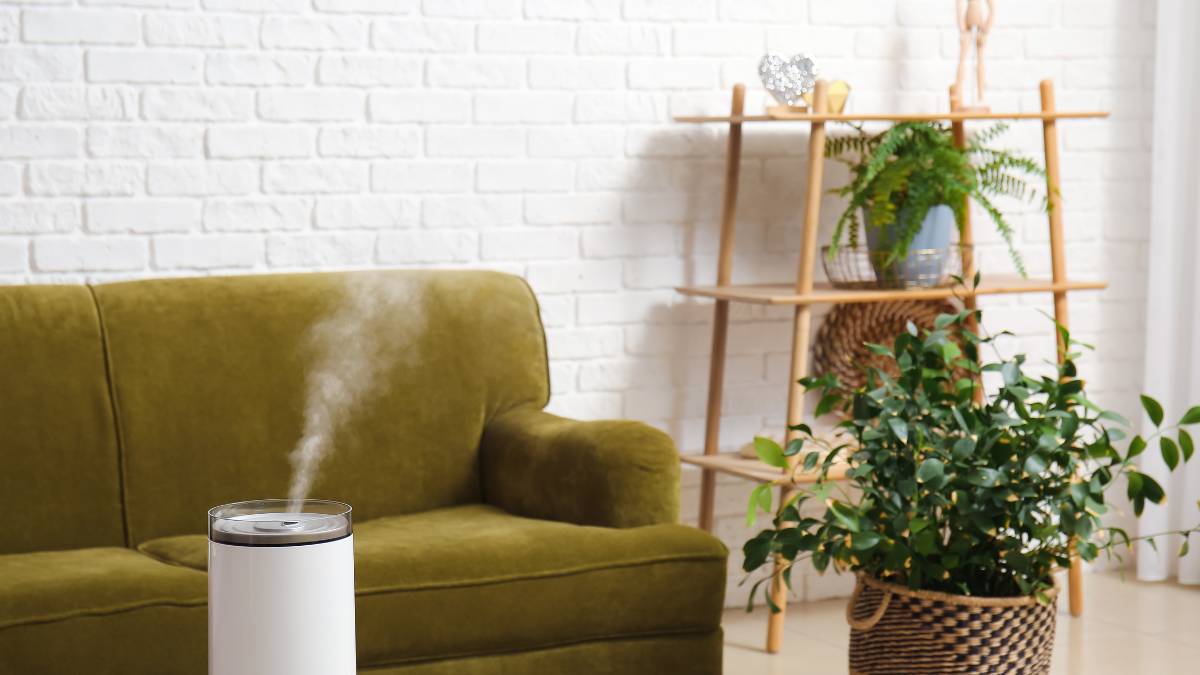Last Updated on November 27, 2023 by Kravelv Spiegel
Navigating the Challenges of Moisture
Excess moisture in various environments can lead to a host of challenges, from structural damage to health issues. Whether in homes, offices, or industrial settings, managing moisture levels is crucial for maintaining a healthy and safe environment. This comprehensive guide delves into the solutions available for effective moisture management, ensuring comfort and safeguarding against potential hazards.
Understanding Moisture Accumulation
The accumulation of excess moisture often results in condensation, leading to problems like mold growth, wood rot, and an overall decline in indoor air quality. In many instances, the use of condensate pumps is essential. These devices are specifically designed to remove water produced in air conditioning, refrigeration, and heating systems, thereby preventing moisture accumulation in places where it can cause damage.
The Role of Dehumidifiers in Moisture Control
One of the most effective tools in managing indoor humidity is a dehumidifier. By extracting water from the air, dehumidifiers help maintain an optimal humidity level, preventing the growth of mold and mildew and contributing to a healthier indoor environment. They come in various sizes and capacities, suitable for different spaces and humidity levels.
Ventilation: A Key Factor in Moisture Management
Proper ventilation is crucial in controlling moisture levels, especially in areas like kitchens and bathrooms where moisture generation is high. Ventilation systems, whether natural or mechanical, help in circulating fresh air and removing moist air from indoors, thereby reducing the likelihood of condensation and mold growth.
Building Design and Construction Considerations
Building design plays a significant role in moisture management. The use of vapor barriers, insulation, and proper building materials can significantly reduce the risk of moisture accumulation. Additionally, designing buildings with adequate drainage and considering the local climate during construction can prevent many moisture-related problems.
Landscaping and External Moisture Control
External factors, such as landscaping and drainage, are often overlooked in moisture management. Proper grading and drainage systems prevent water from accumulating around the foundation, reducing the risk of basement or crawl space moisture problems. Additionally, choosing plants that require less water can minimize the amount of moisture around the building.
Climate-Specific Solutions for Moisture Management
Different climates pose unique moisture management challenges. In humid tropical climates, constant ventilation and dehumidification are crucial. In contrast, in colder climates, preventing condensation and ensuring adequate insulation are key. Understanding the specific moisture challenges of your climate is essential for effective management.
Technological Advances in Moisture Detection and Control
Technology has brought significant advancements in moisture detection and control. Smart home systems now include humidity sensors that can automatically adjust dehumidifiers and ventilation systems based on real-time moisture levels. These systems provide a convenient and efficient way to manage indoor humidity.
Health Implications of Poor Moisture Management
Managing moisture is not just about protecting buildings; it’s also about safeguarding health. Excess moisture and the resulting mold growth can lead to respiratory problems and allergies. Therefore, maintaining proper indoor humidity levels is essential for a healthy living environment.
Maintenance and Regular Checks
Regular maintenance of HVAC systems, dehumidifiers, and ventilation systems is vital in preventing moisture problems. Periodic checks for leaks, condensation, and mold can help catch issues early, preventing more serious problems down the line.
A Balanced Approach to Moisture Management
Effective moisture management requires a balanced approach that combines technology, smart building practices, and regular maintenance. By understanding the sources of moisture and employing the right tools and strategies, it’s possible to maintain a comfortable and healthy environment, free from the troubles of excess moisture. Whether it’s through the use of dehumidifiers, proper ventilation, or sophisticated climate control systems, the goal is clear: to create spaces where air quality is optimal, structures are protected, and occupants are healthy and comfortable.

